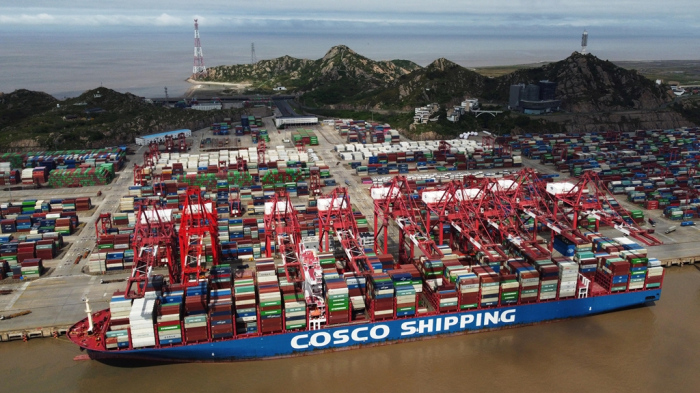South Korea’s consumption and capital expenditures fell last month although production rebounded, government data showed, indicating the momentum for a recovery in Asia’s fourth-largest economy remains fragile amid growing inflationary pressures.
Retail sales, a gauge of the private sector’s spending dipped a seasonally adjusted 0.5% in March from the previous month with sales of durable goods such as passenger vehicles down 7%, according to Statistics Korea on Friday.
Investment in facilities dropped 2.9% on-month as spending on transportation equipment including automobiles, as well as machinery such as computers office equipment slid 3% and 2.9%, respectively. The overall capital expenditures in February tumbled by 5.6%.
Such declines came as
inflationary pressure in the country grew on surging prices of crude oil and other commodities, as well as a weaker won currency.On the other hand, production of all industries increased 1.5% after two straight months of decline as both manufacturing and service outputs rose.
Factory production grew 1.3% from the prior month, marking the fastest growth since December 2021. The output of transportation equipment excluding vehicles jumped 11.3% with strong production of tankers such as liquefied natural gas carriers.
Service output also rose 1.5% with higher production in the financial and insurance sectors.
But production may lose steam, given a potential slowdown in China’s economy due to lockdowns against the COVID-19, South Korea’s top overseas market, as well as the sustained global supply chain disruption amid the war in Ukraine, analysts said.
South Korea’s exports to China rose a mere 1.8% in the first 20 days of April from a year earlier, according to Korea Customs Service data released earlier this month.
Write to Eui-Jin Jeong at
justin@hankyung.comJongwoo Cheon edited this article.



